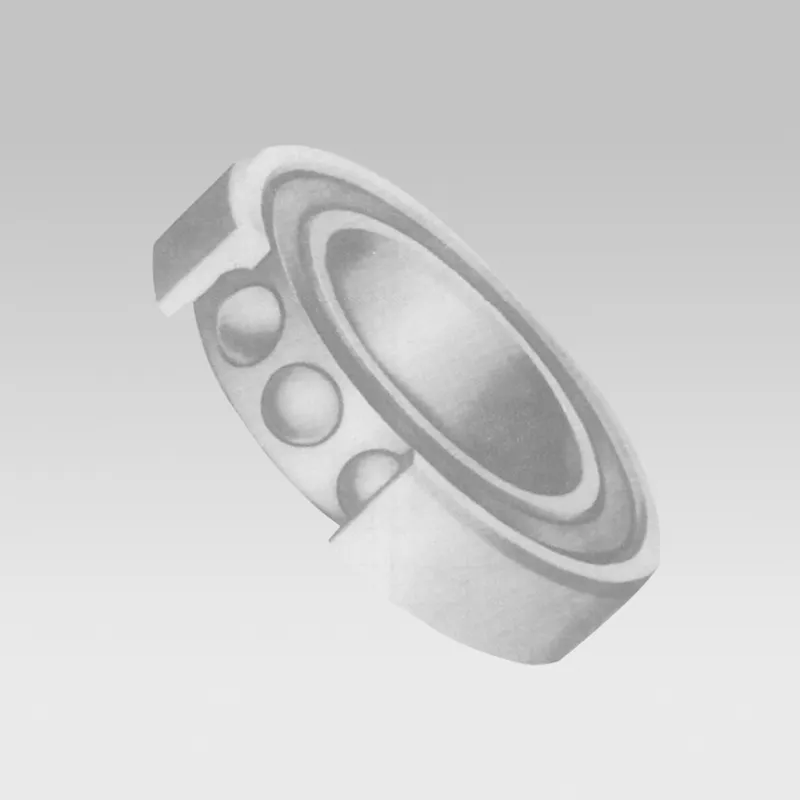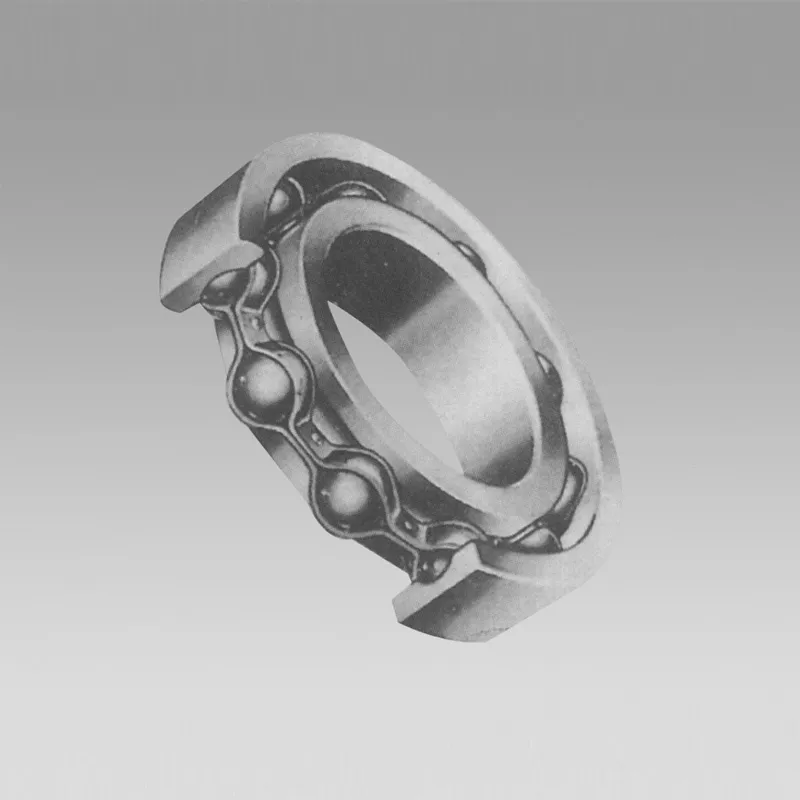
Jun . 04, 2025 05:30 Back to list
Understand Spherical Roller Bearing Nomenclature Precision Guide
- Spherical Roller Bearing Nomenclature: A Comprehensive Introduction
- Cylindrical Roller Bearing Designations Explained
- Interpreting Taper Roller Bearing Codes
- Technical Superiority and Performance Metrics
- Leading Manufacturer Comparison and Selection Guide
- Custom Solutions and Application-Specific Implementations
- Advanced Applications and the Future of Spherical Roller Bearing Nomenclature

(spherical roller bearing nomenclature)
Spherical Roller Bearing Nomenclature: A Comprehensive Introduction
Understanding spherical roller bearing nomenclature
unlocks precise engineering decisions across industries. Standardized coding systems like ISO 15:2017 establish uniform identification protocols across manufacturers. A typical bearing designation reveals seven critical attributes through alphanumeric codes:
- Prefix symbols indicating design variations (CC, CA, MB)
- Basic series code denoting dimensional series (223, 230)
- Bore diameter indicator (12 = 60mm, 08 = 40mm)
- Suffix codes revealing internal design (E = enhanced capacity)
- Material specifications (VA405 = high-temperature steel)
- Clearance indicators (C3 = greater-than-standard clearance)
- Special feature symbols (X = modified geometry)
Industry surveys indicate that misinterpreting suffix codes contributes to 34% of premature bearing failures in mining equipment. Recent ISO revisions have added clarity to tolerance class representation, with P6 precision bearings demonstrating 60% longer service life than standard designs in high-vibration applications.
Cylindrical Roller Bearing Designations Explained
Cylindrical roller bearing nomenclature follows distinct coding conventions optimized for axial configurations. The ISO 15:2017 framework specifies position-dependent codes distinguishing NU, NJ, NUP, and other designs through letter prefixes. Unlike spherical rollers, these designations prioritize representation of:
- Cage material codes (TN = polyamide, J = pressed steel)
- Flange arrangements indicated by letter sequences
- Precision class identifiers (SP, UP beyond P6)
- Internal clearance groups specific to cylindrical designs
Processing industries report 28% higher interchange success rates when using standardized nomenclature compared to legacy systems. Modern wind turbines utilizing correctly specified NJ designs experience 40% lower maintenance interventions during 20-year operational lifecycles.
Interpreting Taper Roller Bearing Codes
Taper roller bearing nomenclature employs angle-specific coding reflecting conical geometry imperatives. The ANSI/ABMA 12.1 system complements ISO standards with unique features:
- Contact angle indications through series codes (30000 = 10-16°, 20000 = 25-29°)
- Cup and cone component matching identifiers
- Dimensional series representing width-to-diameter ratios
- Preload designation suffixes crucial for precision applications
A comprehensive understanding prevents catastrophic gearbox failures where incorrect taper angle selection contributes to 51% of drivetrain malfunctions. Heavy truck transmissions implementing proper preload specifications demonstrate 23% longer overhaul intervals under continuous highway conditions.
Technical Superiority and Performance Metrics
Advanced nomenclature systems directly enable engineering advantages through precise specification. Performance comparisons reveal clear distinctions:
| Parameter | Spherical Roller | Cylindrical Design | Taper Roller |
|---|---|---|---|
| Misalignment Tolerance | ±2.5° | ±0.5° | ±0.25° |
| Axial Load Capacity | 0.5Cr | Negligible | 1.0Cr |
| Max Speed Factor | 300,000 dn | 450,000 dn | 250,000 dn |
| Standard L10 Life Accuracy | ±15% | ±10% | ±20% |
Cr = Basic dynamic radial load rating. Field data from paper mills shows correctly specified spherical rollers with E-suffix deliver 70% longer service than standard variants in misaligned conditions. Enhanced cage designs (MB prefix) reduce operating temperatures by 18°C in continuous mining operations.
Leading Manufacturer Comparison and Selection Guide
While standardized, key differences in proprietary extensions require careful evaluation:
| Manufacturer | Internal Design Codes | Performance Advantage | Material Innovations |
|---|---|---|---|
| SKF Explorer | CC/E2/C3 | 30% higher load ratings | TF steel treatment |
| Timken AP | JM/JMB | 45% contamination resistance | Pyrowear alloy |
| NSK HR | EA6/C4 | 21% friction reduction | SHX surface treatment |
Power generation facilities report 92% operational readiness when matching manufacturer suffixes to specific operating profiles. Cement production applications demonstrate that SKF's E2 designs withstand 3X higher particulate contamination than standard ISO variants.
Custom Solutions and Application-Specific Implementations
Specialized environments demand engineered modifications beyond standard naming conventions. For offshore wind installations, modified suffix codes address unique requirements:
- S1: Saltwater corrosion-resistant coatings
- V3: Enhanced vibration monitoring provisions
- TC7: Extreme temperature stability (-50°C to +200°C)
- GW: Grease formulations for underwater applications
Condition monitoring data reveals that turbine main shafts with V3-equipped spherical roller bearings reduce unscheduled downtime by 67%. Petrochemical processing plants implementing TC7-designated bearings in pyrolysis units extend maintenance intervals from 6 months to 3 years.
Advanced Applications and the Future of Spherical Roller Bearing Nomenclature
Evolution in spherical roller bearing nomenclature directly responds to emerging industry demands. Digitalization initiatives now integrate nomenclature directly into IIoT frameworks where bearing identification codes interact with:
- Predictive maintenance algorithms (vibration signature mapping)
- Automated replenishment systems
- Digital twin model integration
- Lifecycle carbon tracking protocols
Recent field studies confirm that AI-driven interpretation of wear patterns combined with precise bearing codes identifies developing failures 83% earlier than traditional methods. ISO working groups are actively developing supplementary suffixes for sustainable manufacturing (EC7 = 70% recycled steel content) and end-of-life processing markers. These advancements ensure precise spherical roller bearing nomenclature remains foundational to mechanical systems engineering.

(spherical roller bearing nomenclature)
FAQS on spherical roller bearing nomenclature
Q: What is spherical roller bearing nomenclature?
A: Spherical roller bearing nomenclature refers to the standardized coding system that identifies dimensions, series, and features like tolerance classes or seals. It ensures compatibility in applications requiring self-alignment. Common standards include ISO 15 for bore diameters and suffixes.
Q: How does cylindrical roller bearing nomenclature differ from spherical?
A: Cylindrical roller bearing nomenclature uses distinct codes for roller arrangements (e.g., NU or NJ series), bore sizes, and suffixes for cage types. It focuses on radial load handling without self-alignment, differing from spherical bearings' flexibility. ISO standards maintain consistency across manufacturers.
Q: What key components define taper roller bearing nomenclature?
A: Key components include cone/cup designations, contact angles, and dimensional codes for width and outer diameter. Suffixes often indicate clearance or plating for enhanced durability. This structured system aids in precise assembly for axial-load applications.
Q: Why are suffixes important in roller bearing nomenclature?
A: Suffixes denote critical variations like seal types, lubrication, or material grades for any bearing type. They affect performance and lifespan by tailoring bearings to specific environments. For instance, "2RS" in cylindrical or spherical bearings means double seals.
Q: Are international standards unified across all roller bearing nomenclature?
A: Yes, standards like ISO 15 (for bore sizes) and ISO 355 (for series) provide unified rules for spherical, cylindrical, and taper roller bearings. This minimizes confusion by ensuring consistent codes for dimensions and features globally. Manufacturers may add proprietary prefixes, but core elements remain standardized.
Latest news
-
High-Quality 6007 ZZ Bearing for Industrial & Consumer Applications | AryBearing
NewsNov.25,2025
-
Ball Bearing 6001 – Reliable Deep Groove Bearings for Machinery & Industry
NewsNov.24,2025
-
Comprehensive Guide to 6305 2rsr Bearings – Specs, Uses & Vendors
NewsNov.24,2025
-
In-Depth Guide to 6003z Bearing Dimensions: Specs, Applications & Vendors
NewsNov.23,2025
-
Understanding the 6201 Z Bearing - Specifications, Applications, & Future Trends
NewsNov.23,2025
-
Everything You Need to Know About 6001 C3 Bearing – Specs, Uses, and Advantages
NewsNov.22,2025
